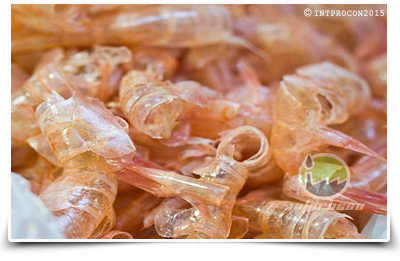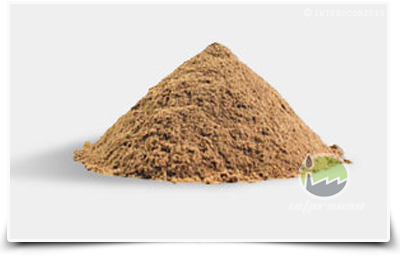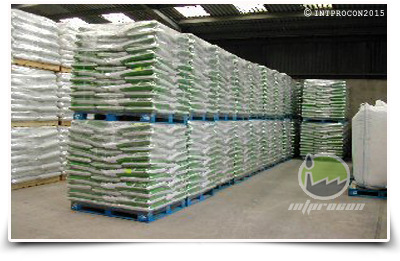SHRIMP WASTE PROCESSING PLANTS
General information
Shrimp waste (heads and exoskeletons) generated during the industrialization process can be a focus of environmental contamination if it is not properly handled, in addition to the cost associated with the handling costs make it a cost of production for the operation. The prices offered for this waste in the markets are not representative if we compare it with the associated costs of the handling and the treatment of the effluents.
The potential of the shrimp meal is known to be similar in nutritional composition to the byproducts derived from the fishing industry, being these required in the animal food industry as an important Feedstock.

MOST SIGNIFICANT BENEFIT OF THE PROCESS
Transform this waste into a raw material is perhaps the most significant benefit of the process, as raw material contributes up to 42% of protein, ash, crude fiber, fat and calcium. All these organic sources guarantee an important quality in the nutritional formulas, in addition to the economic benefits that it brings along with the shrimp production and its industrialization.

GENERAL PLANT DESCRIPTION
The process of transformation of these waste is dry, and without steam addition. The head and the Exoskeleton represent 30-35% of the total shrimp weight, and the transformation process into meal is as follow:
If you need more information about our solutions
Fill out the form and we will assist you as quickly as possible.

Due to the nutritional characteristics of shrimp meal it is possible to substitute fish meal in the animal feed industry, representing an additional income in the shrimp operation.
Those companies that want a continuous improvement of their processes and obtaining International Certifications, could base their processing of waste in this plant, being more friendly and responsible with the environment and also generating income from waste.Why choose shrimp meal plants??
Our customers choose this type of plants because:
